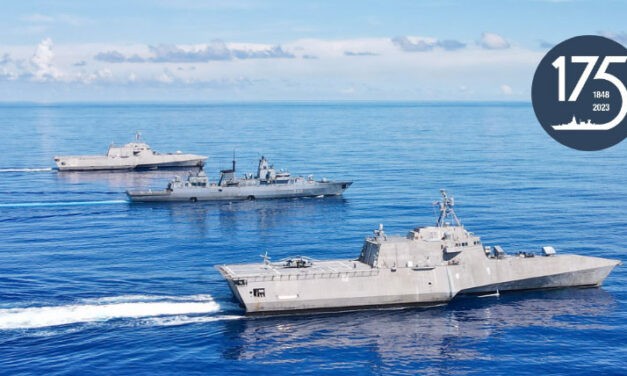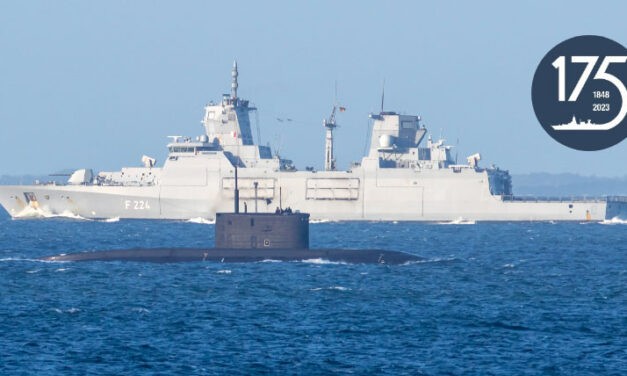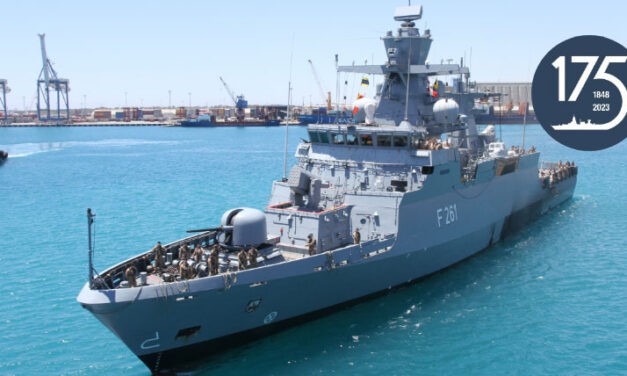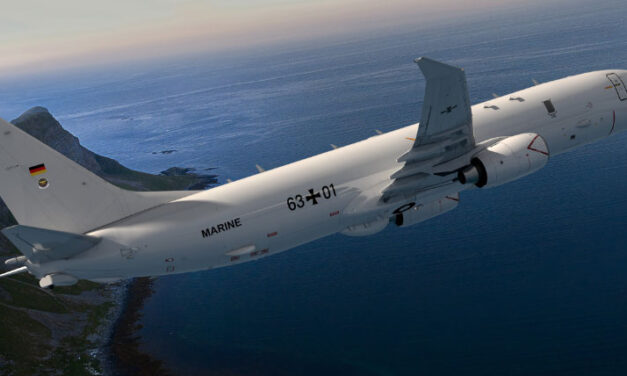Naval vessels as a strategic means of communication
After the Indo-Pacific deployment of the frigate BAYERN, the desire for a further presence far from home has fallen asleep again for the time being. China and Russia, on the other hand, are stepping up their commitment in this direction. The oceans on which navies operate not only divide. They also connect - without the lines of communication at sea, globalisation would not have been possible. Co-operation between navies manifests the relationship between nations. Joint exercises can be an expression of like-mindedness and even partnership. The presence of naval units conveys messages. Sometimes subtle, sometimes very provocative - in the best sense of the word. In terms of political science, the navy is more than just an object of research. With the...
Weiterlesen






Recent Comments